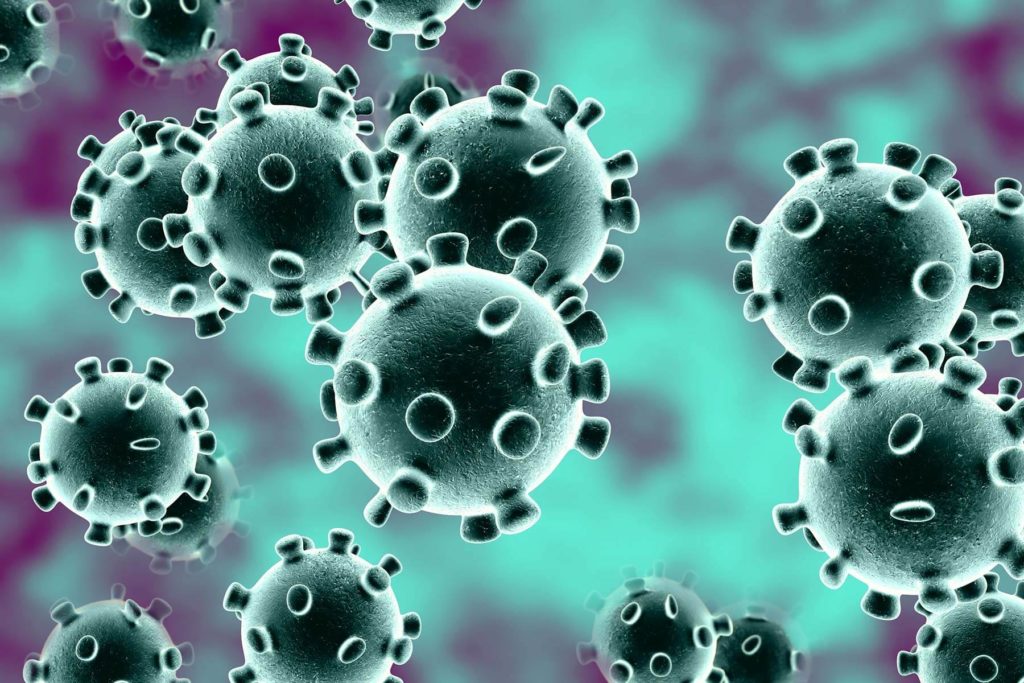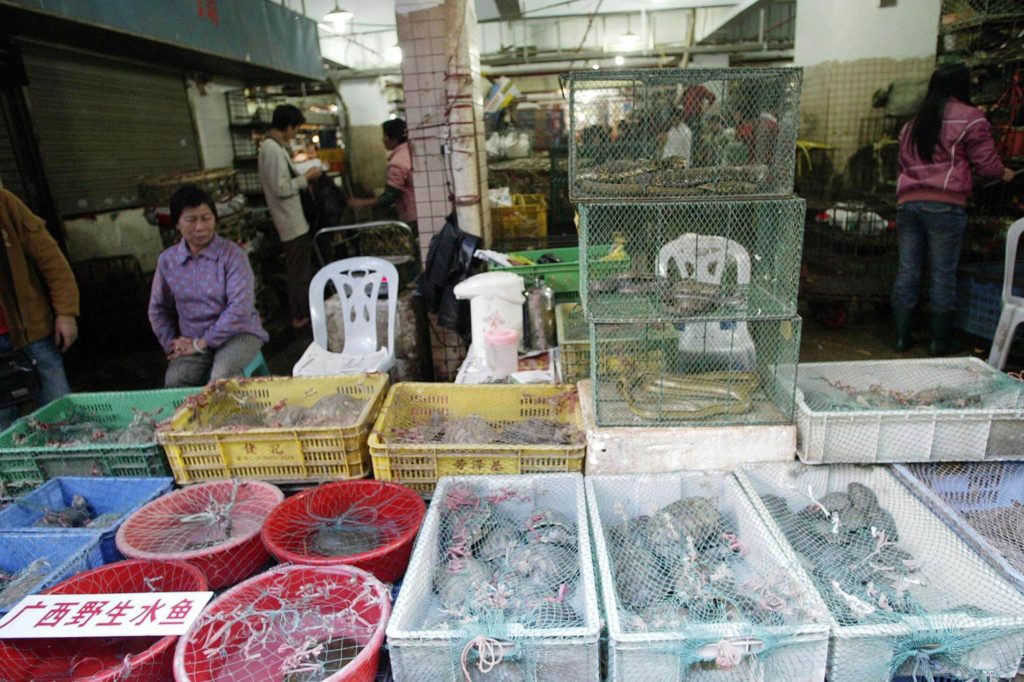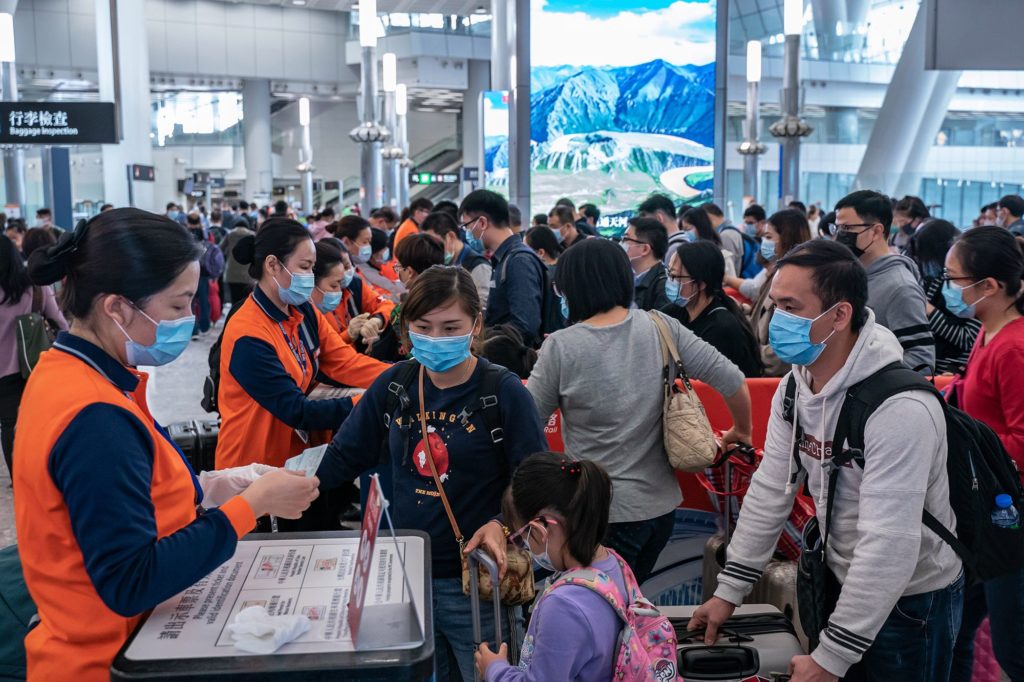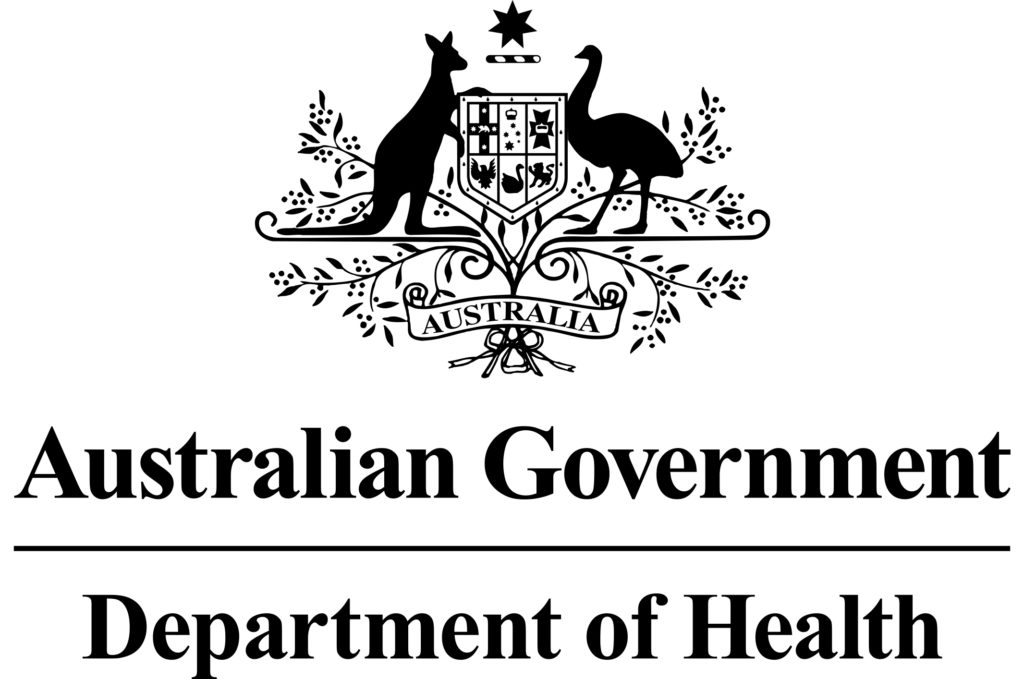Coronavirus Outbreak
It is no secret that the new coronavirus has been a cause of global concern over the past few months. The current outbreak of coronavirus was first reported in Wuhan, China on 31 December 2019. Since then, the disease has spread to other parts of the world. The World Health Organization (WHO) is working extensively with scientists, world leaders and governments to educate people about this new virus and to provide information to countries and citizens about how to prevent contamination.
What are Coronaviruses?
Coronaviruses are a large group of viruses with differing strands that cause respiratory and sometimes gastrointestinal symptoms (UN, 2020).
Respiratory disease can range from the common cold to pneumonia, and for most patients, the symptoms tend to be benign. However, there are some types of coronaviruses that can cause serious diseases. These include the Severe Acute Respiratory Syndrome coronavirus [SARS] and the Middle East Respiratory Syndrome coronavirus [MERS] (Ibid.).

The new strain of coronavirus was not detected in humans until recently. In December 2019, a small group of people from Wuhan, China experienced symptoms of pneumonia. After further tests were conducted, it was found that these pneumonia-like symptoms were caused by a previously unknown virus. This virus is now called the 2019 Novel Coronavirus [2019-nCoV] (Ibid.). It initially occurred in a group of people who were associated with a seafood and live animal market in Wuhan. Since then, the virus has spread throughout China and to other parts of the world.
Where Did Coronavirus Come From?

Representative Image of animal market
The coronavirus can circulate in various animals and can be transmitted from animals to humans. Increased contact between humans and animals is largely responsible for this viral transference.
SARS is transmitted from civet cats and MERS is transmitted from camels. Although it is currently unknown which animals are the root cause of the new coronavirus, it was initially speculated that the source of the virus stemmed from a bat or snake.
More recently, a group of scientists from Guangzhou, China have hypothesised that the new coronavirus has been transmitted from pangolins, a “long-snouted, ant-eating mammal often used in traditional Chinese medicine” (Cyranoski, 2019, p. 1). However, the research findings have not yet been verified.
It is suspected that the pangolin could be the potential source of the new coronavirus based on “genetic comparison of coronaviruses taken from the animals and from humans infected in the outbreak and other findings. The sequences are 99% similar…” (Ibid.).
Nevertheless, two scientists from the South China Agricultural University in Guangzhou, Shen Yongyi and Xiao Lihua, are currently working on the above research and will be publishing their findings soon.
How is the Coronavirus Spread from One Person to Another?
Respiratory diseases are contagious and are likely to spread through an infected person coughing or sneezing, or through an inanimate object that has been contaminated with the virus such doorknobs, bedside tables, bed frames, light switches, stationery, or any other surface which is in direct proximity to an infected person. The coronavirus can survive on these objects for over a week.

People who are most at risk of contracting the new coronavirus are:
• Those who are caring for patients who have the coronavirus such as family members or health care workers.
• Those who work closely with animals such as live animal market personnel.
• Those who have come in contact with an object that is infected with the coronavirus and have touched their nose, mouth, eyes or any other open orifice.
• Those with compromised immune systems.
• The elderly or very young people who have been diagnosed with a heart or lung condition.
Symptoms
The symptoms of coronavirus can range from none to severe. Symptoms may include:
• Fever
• Coughing and sneezing
• Shortness of breath and wheezing
• Sore throat
• Pneumonia
• Kidney failure
• No symptoms (asymptomatic)
The Prevention is Better than the Cure
As mentioned previously, the World Health Organization is working with global leaders and specialists to tackle the spread of the virus and to provide expert advice on how to ensure public health and safety.
There are several recommended hygiene practices to protect against the threat of infection. These include:
• Covering your mouth and nose when coughing or sneezing with either a medical grade face mask or tissue.
• Avoiding close contact with people who have the virus or exhibit symptoms of the virus.
• Washing hands (including wrists) regularly with soap and water for at least 20 seconds.
• Sanitising hands with an alcohol-based hand rub that is particularly formulated to kill COVID-19 coronavirus.
• Discarding used tissues and personal hygiene items immediately.
• Avoiding touching your eyes, nose and mouth.
• Maintaining a distance of at least one metre from infected persons/people showing symptoms.
• Wearing the appropriate protective masks and personal protective equipment (PPE), especially in a health care environment.
• Avoiding unnecessary contact with animals.
• Washing hands thoroughly after contact with animals.
• Ensuring that animal food products such as beef, chicken, fish or eggs are cooked well before they are consumed.
Some Important Precautions from the Australian Government
 • Any person who has been in mainland China and has experienced a respiratory infection or been in close contact with someone who has a respiratory infection should be tested for the virus.
• Any person who has been in mainland China and has experienced a respiratory infection or been in close contact with someone who has a respiratory infection should be tested for the virus.
• People who were in mainland China from 1 February 2020 must self-isolate as the rate of transmission in many regions across mainland China has increased drastically.
• People who have been in mainland China from 1 February 2020 and experience symptoms of the coronavirus such as the ones mentioned above should seek medical attention immediately and inform their doctor about their recent travels to China.
• Australian citizens or permanent residents who visited mainland China recently must also self-isolate for 14 days after leaving China.
The Australian Government has also imposed travel restrictions and has asserted that visitors from China who are not Australian citizens or permanent residents will be denied entry into Australia.
In light of the recent epidemic, the Australian Government Department of Health has provided a collection of free fact sheets and resources which you can access here: https://bit.ly/3bI5Pwb
What to Do If You Feel Ill
If you feel ill and experience a fever, cough or have difficulty breathing, seek medical attention promptly and be sure to let your doctor know about the places you have travelled to in the lead-up to your symptoms. If you must leave home to visit your doctor, please wear a surgical mask to protect others. If you have been diagnosed with coronavirus, isolate yourself in your home and refrain from going to work or public places.
How We Can Help

At Integrity Disability Hub, we are experienced in assisting people with a range of disabilities. We are also aware of the latest coronavirus epidemic and the risk that it poses to our clients, support workers, staff and the general public.

We have been working hard to educate and enlighten our support workers about how to prevent the spread of this virus and implement best hygiene practices. We have also educated our support workers about important precautions which have been handed down by the Australian Government and World Health Organization, and we are putting them into practice.
We are taking various measures to prevent the transmission of this serious virus and to ensure our clients, support workers and staff are safe. We will stay up to date on the latest research about the coronavirus and will relay this information to our support workers as new evidence is brought to light.
